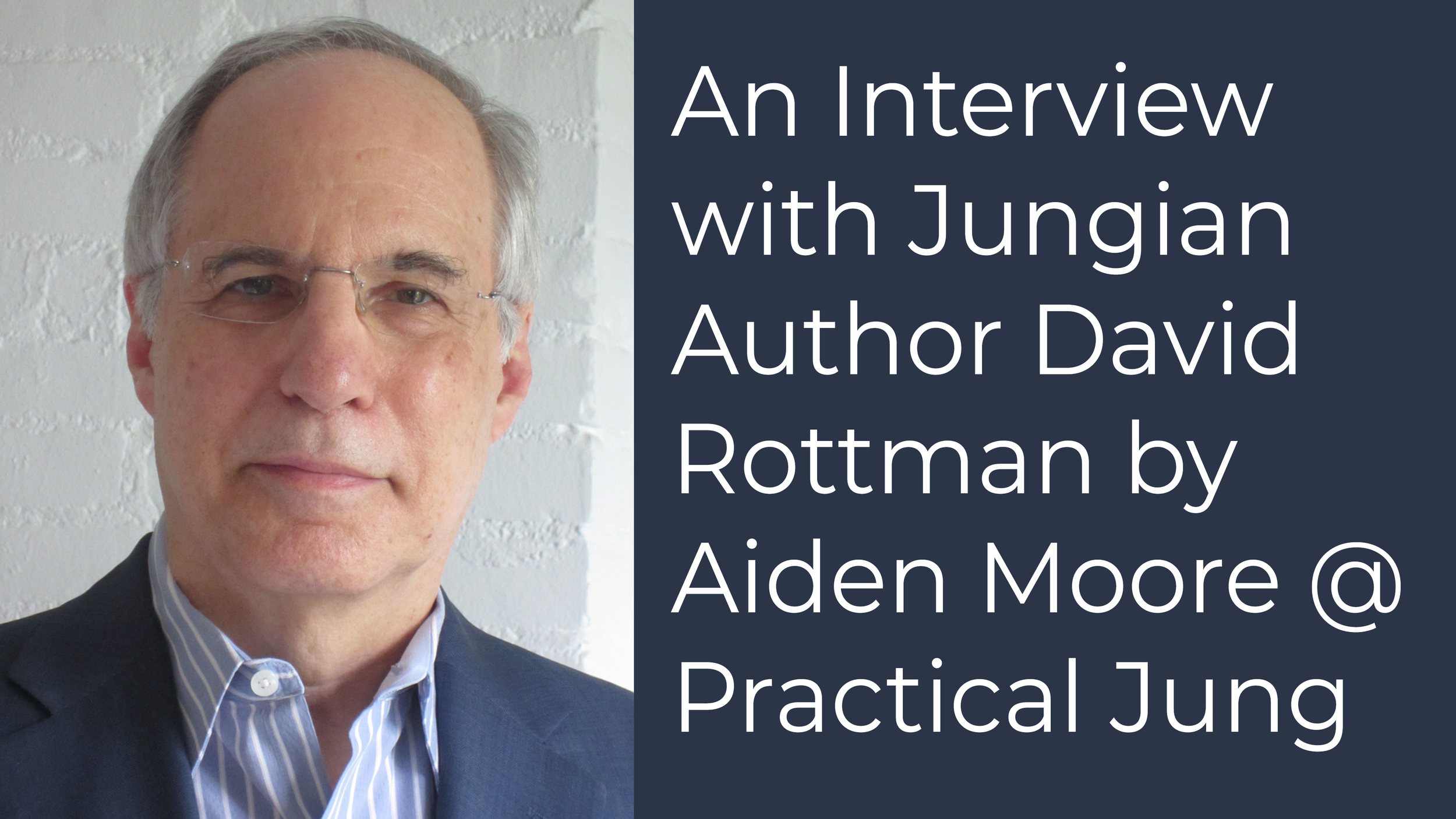Anxiety: What is it, and how do we deal with it, from a Jungian Perspective
“Every source of anxiety and frustration in one’s personal life, if it’s traced back far enough, will be found to derive from the Self.” (Edward F. Edinger, Ego and Self, p. 70)
The agonizing experience of anxiety, that robs so many people of the enjoyment of life, requires new ideas and perspectives that we get from depth psychology. In this course we will look at the nature of anxiety--with attention also to the nature of relief and calm--in each of three of life’s stages: Anxiety in Youth, Anxiety in Middle Age, and Anxiety in Old Age. By looking at anxiety from a Jungian perspective, we can see what the often hidden goals of anxiety are, as well as the essential life tasks associated with anxiety. We will focus on the process of “working through” to the central core of the origin and the resolution of anxiety.
Readings will include electronically distributed excerpts from Jung’s work. There is one text for the course: Ego and Archetype by Edward F. Edinger, which can be purchased from the Jung Foundation Bookstore and on Amazon.
Supplementary Texts
The Way of the Image, Yoram Kaufmann
Ego and Self, Edward F. Edinger
The Creation of Consciousness, Edward F. Edinger
The Symbolic Quest, Edward C. Whitmont
Learning Objectives
On completion of this class, you will be able to:
Describe the nature and origin of anxiety from a depth psychology perspective.
Discuss the post-anxiety restoration of “centered” ego functioning, from a Jungian point of view.
Outline the tasks and requirements for processing anxiety creatively, in three stages of adult life span development.
Summarize the role of anxiety in the development of personal and social identity.

